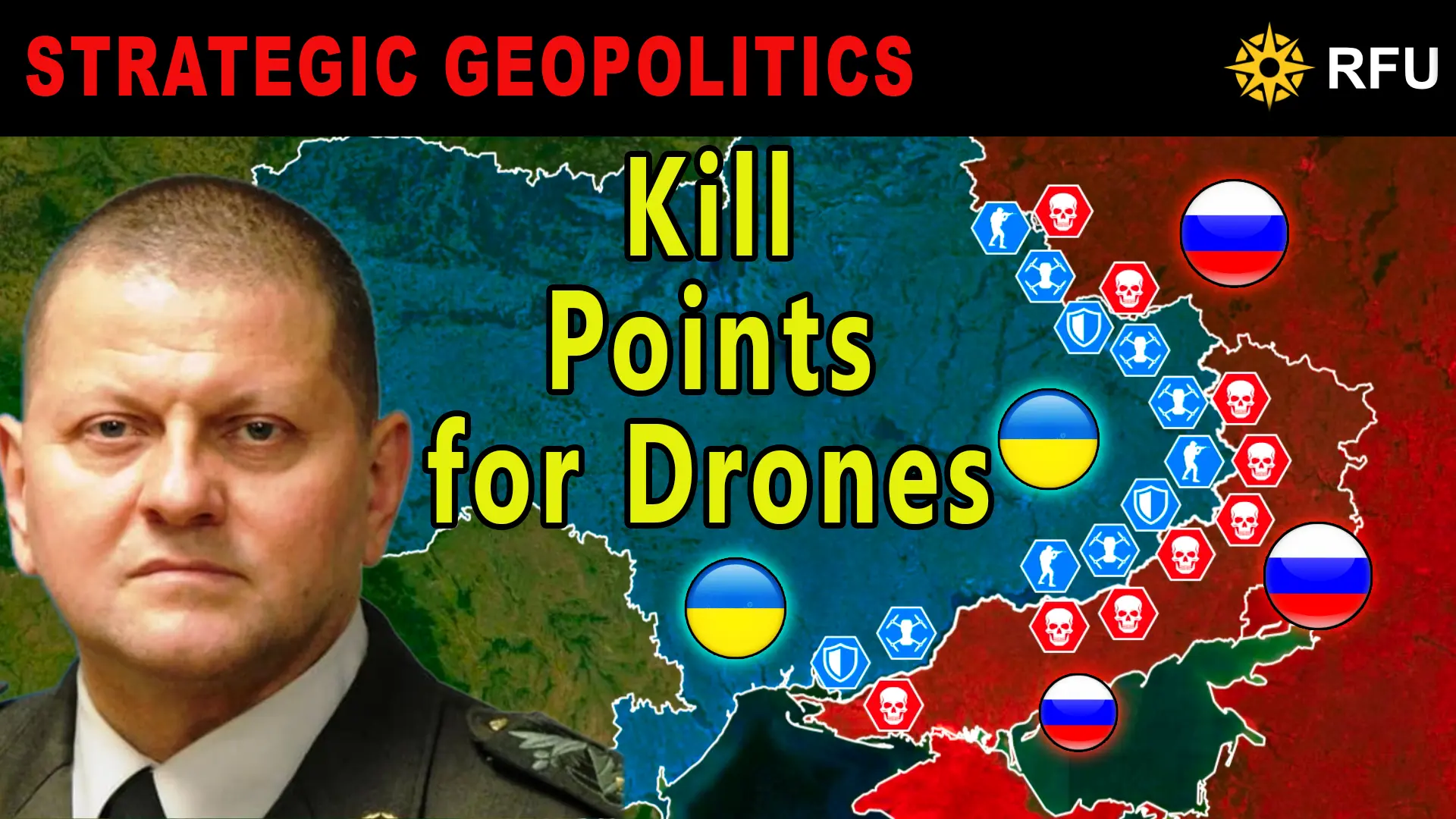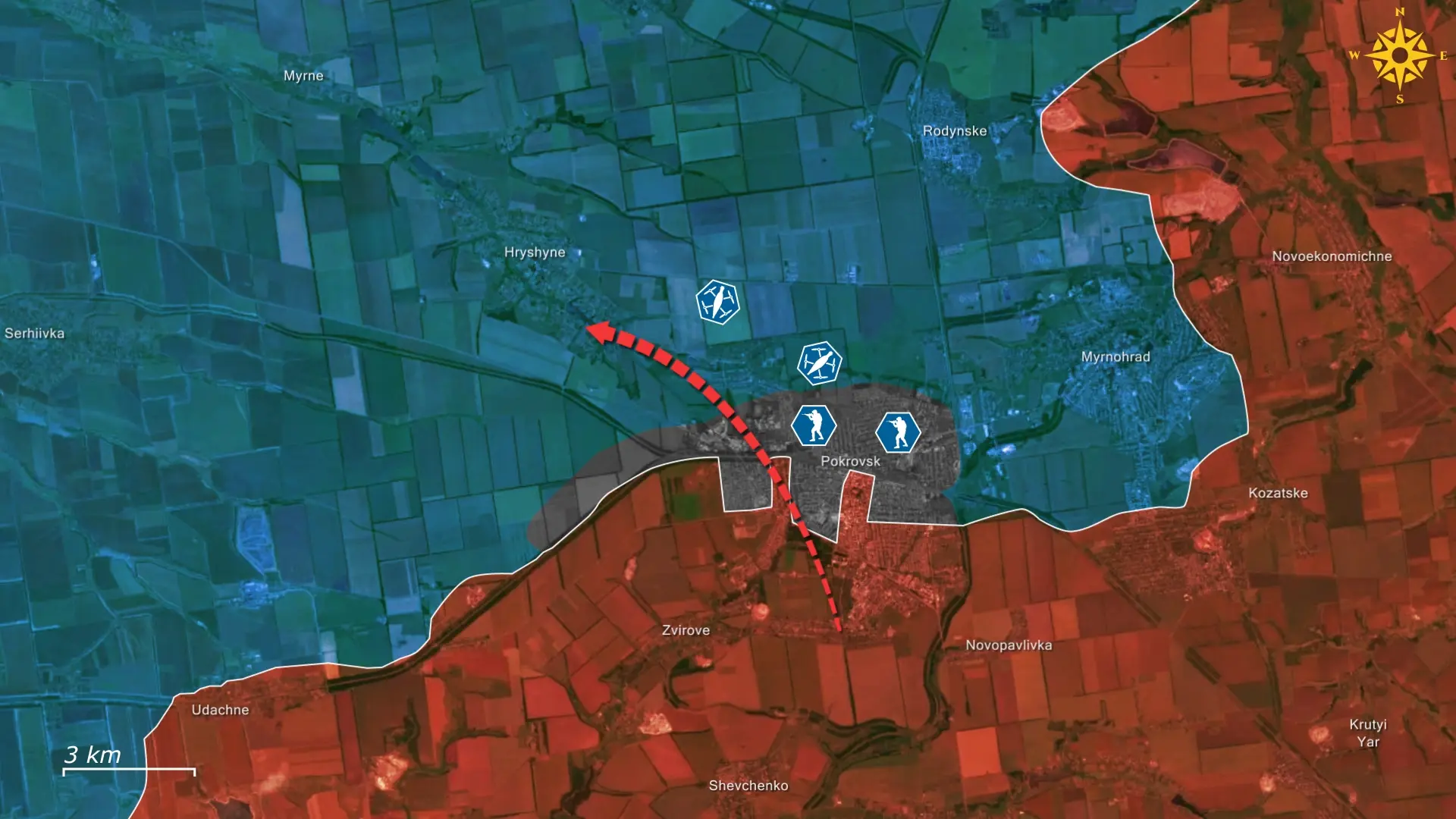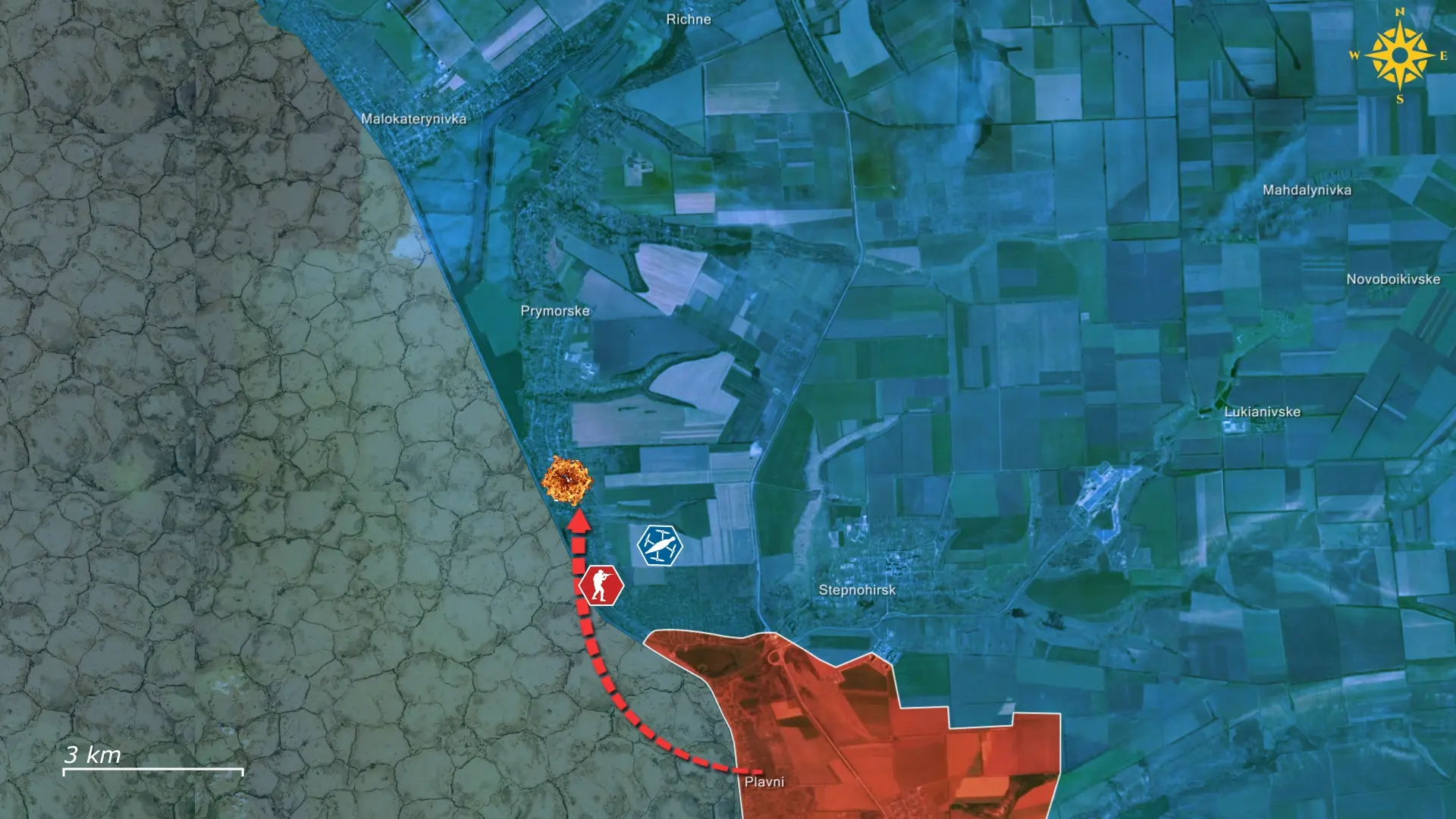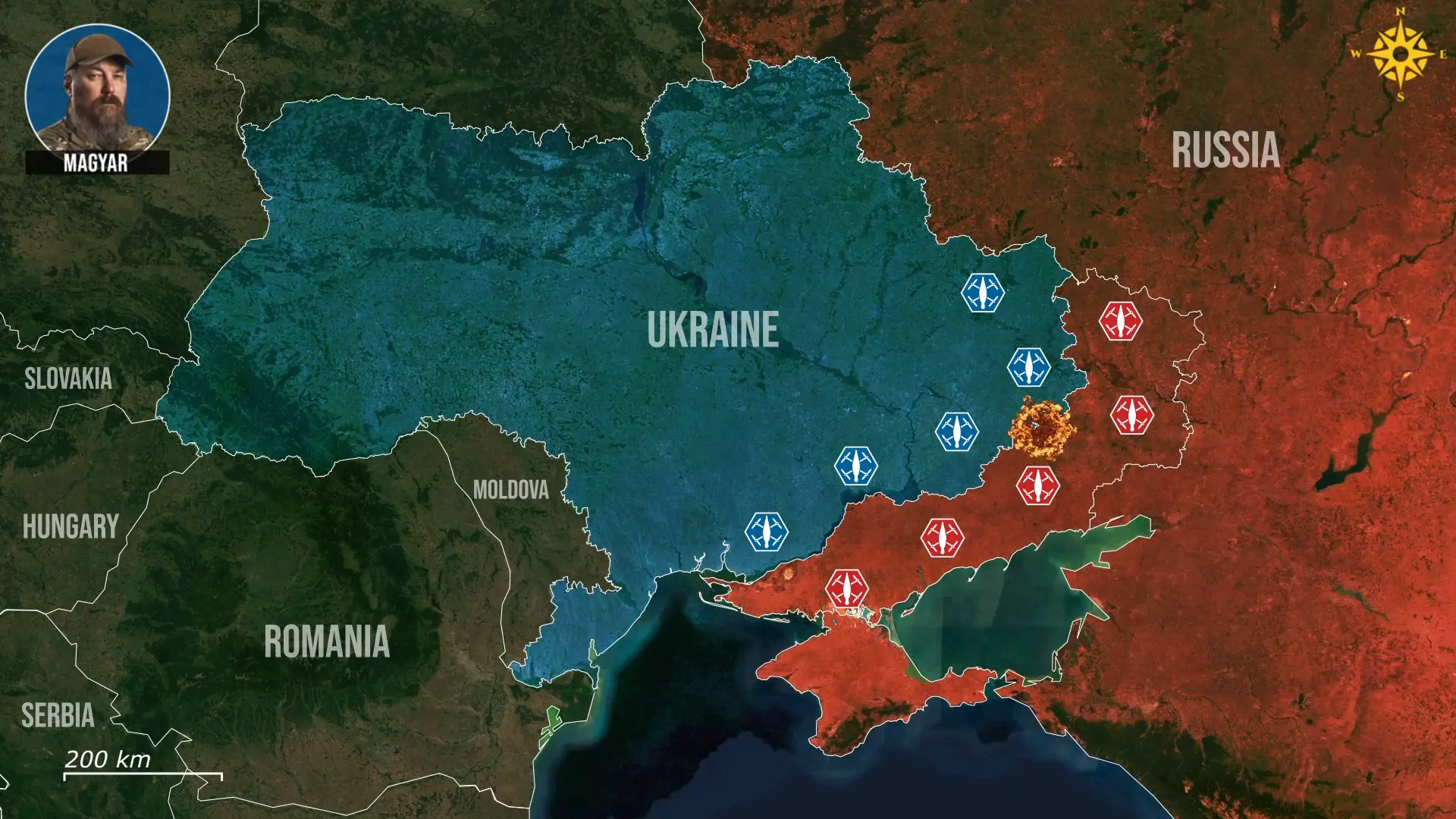Today, there is a lot of news from the Russian camp.
Here, as Russians increase their operational tempo and Russian infantry and drones become a larger threat, the Ukrainian high command made some changes to incentivize their destruction. Gamifying warfare, young Ukrainian drone operators score points for each kill they make; exchanging those points for equipment and online clout, Russian soldiers are already feeling the effects.

As reported previously, Russians made record territorial advancements last month in June, and preliminary data suggest a continuation of this trend throughout July. Russians are relying greatly on infantry to accomplish this through a variety of infiltration and motorbike assaults. Notably, Russian FPV kamikaze drones and drone-dropped grenades are now also responsible for the majority of Ukrainian casualties and logistical disruptions, far surpassing Russian artillery, aviation glide bombs, and small arms fire. In summary, as Russians have basically run out of armored vehicles to conduct their assaults, Russian infantry and drones are now by far the biggest threat to Ukrainians on and behind the frontline. However, Ukrainians have the perfect system to deal with this rising threat.

For months, Ukraine has used an online point-scoring system for its drone operators, assigning points for each Russian piece of equipment or soldier eliminated from the battlefield. Submitted through video evidence and review, this has created a public online leaderboard of the most successful Ukrainian drone units, giving incentive for often younger drone operators to perform as effectively as possible.


Additional incentives include the ability to trade in points for extra drones and equipment, with the Brave One online marketplace offering over 1,600 products exchangeable for even the lowest number of points, lowering general delivery times from months to weeks, and sometimes even days.

This e-point system provides the Ukrainian high command with a means to direct fire on specific pieces of Russian military equipment, incentivize frontline units to expedite the implementation of the drone line initiative, and avoid the bureaucracy and delays associated with conventional requests for new supplies.


Previously, when Russians mainly relied on large mechanized assaults with extensive fire support to make territorial gains, armor and heavy artillery were the highest threat to the Ukrainian armed forces. Reflecting this, eliminating a Russian soldier netted only 6 points, while a tank gained 40 points for being destroyed and 20 for being damaged, and destroying a multiple launch rocket system gained a whopping 50 points.

This e-point system has had a noticeable impact in the past, with many analysts crediting it for significantly contributing to the massive shortages now seen in the Russian army. However, recently, Ukrainian units have been seen operating up to 40 kilometers deep behind Russian lines to eliminate the little remaining Russian armor left, just to score extra points.

And Robert Brovdi, founder of Magyar’s birds, commented that Ukrainian drone operators weren’t clearing Russian infantry fast enough, allowing Russians to accumulate a surplus of troops on the frontline.

With Russian drones and infantry becoming the biggest threat to the Ukrainian army, the Ukrainian high command has adjusted the point values assigned for each kill. Now, the points for eliminating a Russian soldier have doubled to 12 points, while tanks and heavy artillery have dropped down to only 8 and 10 points, respectively. Additionally, Russian drone operators have been added to the list of targets, gaining 15 to 25 points for wounding or eliminating each one. Notably, only a week after the point values were adjusted, Russian war bloggers, journalists, and military analysts already wrote about bad news coming from the front and a true hunt on their drone operators being unleashed.

Even Ukrainian soldiers on the frontline reported a noticeable decrease in Russian infantry assaulting their positions and Russian drones striking their logistics.

Overall, the e-point system, despite early criticism for gamifying warfare, has proven to be an incredibly useful and effective tool for the Ukrainian high command to direct fire on an operational level and adapt to evolving Russian tactics and battlefield realities.

Robert Borvdi commented that with the new point values, a Ukrainian unit could now purchase 57 new FPV drones from the online marketplace by simply eliminating a typical Russian squad of only three drone operators, underscoring that the points for equipment exchange allows for any unit to enter the project at a low entry level, and from there rapidly increase its drone warfare capabilities at an exponential rate.










.jpg)








Comments